This guest post is by Beth Mirza, manager of online news content for the Society for Human Resource Management. Many thanks to Beth for this wonderful write-up of the July 17 Lunch & Learn event I did for Association Media & Publishing (AM&P). Many thanks to Association Media & Publishing for permission to reprint this article.
Good web writing calls for plain, action-oriented language
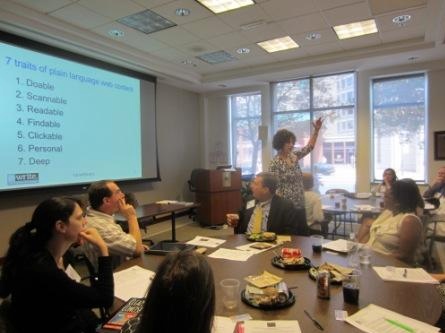 At a recent Association Media & Publishing Lunch & Learn session, “Web Writing Workshop: How Better Content Always Improves Your Site,” writing instructor Leslie O’Flahavan told attendees that some readers might be just as satisfied with a headline, or “bite” of content, as they would with an article, or “meal.”
At a recent Association Media & Publishing Lunch & Learn session, “Web Writing Workshop: How Better Content Always Improves Your Site,” writing instructor Leslie O’Flahavan told attendees that some readers might be just as satisfied with a headline, or “bite” of content, as they would with an article, or “meal.”
- Doable
- Scannable
- Readable
- Findable
- Clickable
- Personal
- Deep
Doable content enables readers to take action. “This is web content’s highest calling,” O’Flahavan said. When writing for your site, keep in mind: “What are my readers’ top tasks? What are they trying to do on my site?” Then help them complete those actions.
Scannable content allows readers to understand the meaning of the piece without having to read each word. Lists break out top information. White space can show how ideas are grouped. Headings—written as messages rather than topics—help readers jump quickly to the information they need.
Readable content is written to communicate, not simply disseminate, information. Web articles are readable if the site visitor can read and understand the content while looking at the monitor; if he has to print it out, it might be too complex. And here’s where O’Flahavan’s “bite, meal, and snack” strategy comes into play: Bites are headings. Snacks are summaries. Meals are full articles. Whatever you are offering your readers, make sure it’s complete, so that they walk away satisfied.
Findable content is easily found by search engines and humans alike, O’Flahavan said. Search engines pay particular attention to the following parts of a web page:
- The browser window title—what appears at the top of your browser window.
- The main heading on a page—the headline.
- Bolded subheadings—descriptive, not just “Key Findings.”
- Hypertext links—specific and name what you are linking to, O’Flahavan said. “No one Googles ‘click here.’”
- Keyword-rich content—250 words on a page are needed to register with the search engines. Load up these page attributes with action-oriented, descriptive keywords so that Google can find your page. Humans reading the page will appreciate them, too.
Clickable content ensures what people click is what they get. Choose meaningful words for links, as noted above. Use links to support and deepen the message of the page.
Personal content is like a conversation with the reader. Choose your voice and make it human and professional. Picture your reader as you write. “The web is a personal medium,” O’Flahavan said. “There’s one head and one monitor.”
Deep content provides pathways to more information that increases the reader’s understanding of a topic or his ability to accomplish a task. There are lots of parts, all networked together by links connecting related content. Web content is presented in shorter units, O’Flahavan said, but “overall, there’s more of it.”
Thanks for the guest post, Beth and AM&P!
If you’d like to write a guest post for the Writing Matters blog, contact me at Leslie@ewriteonline.com.
Tags: Web Writing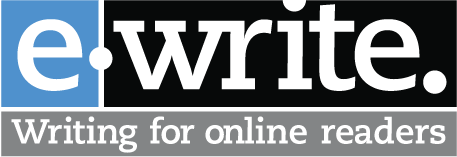
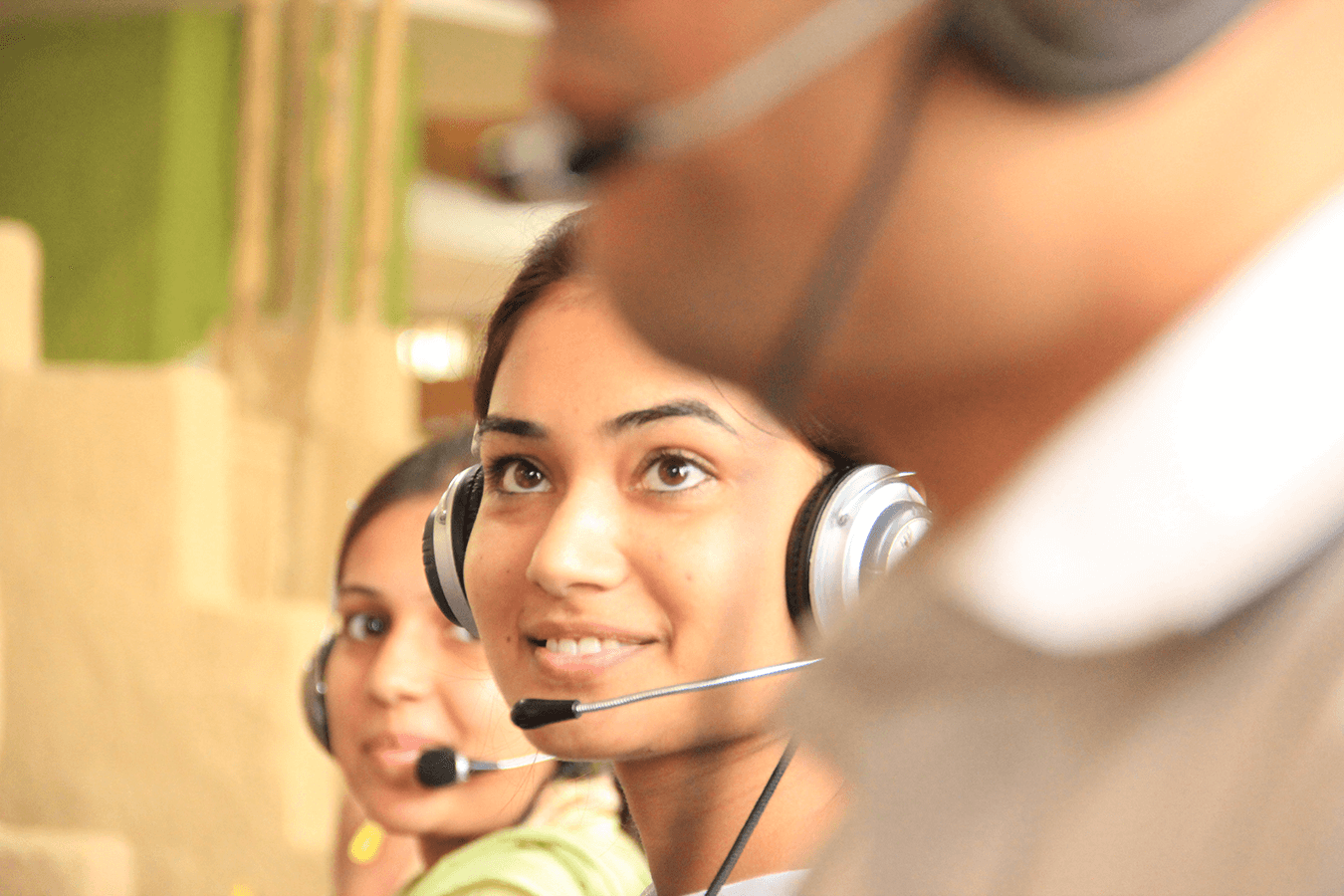

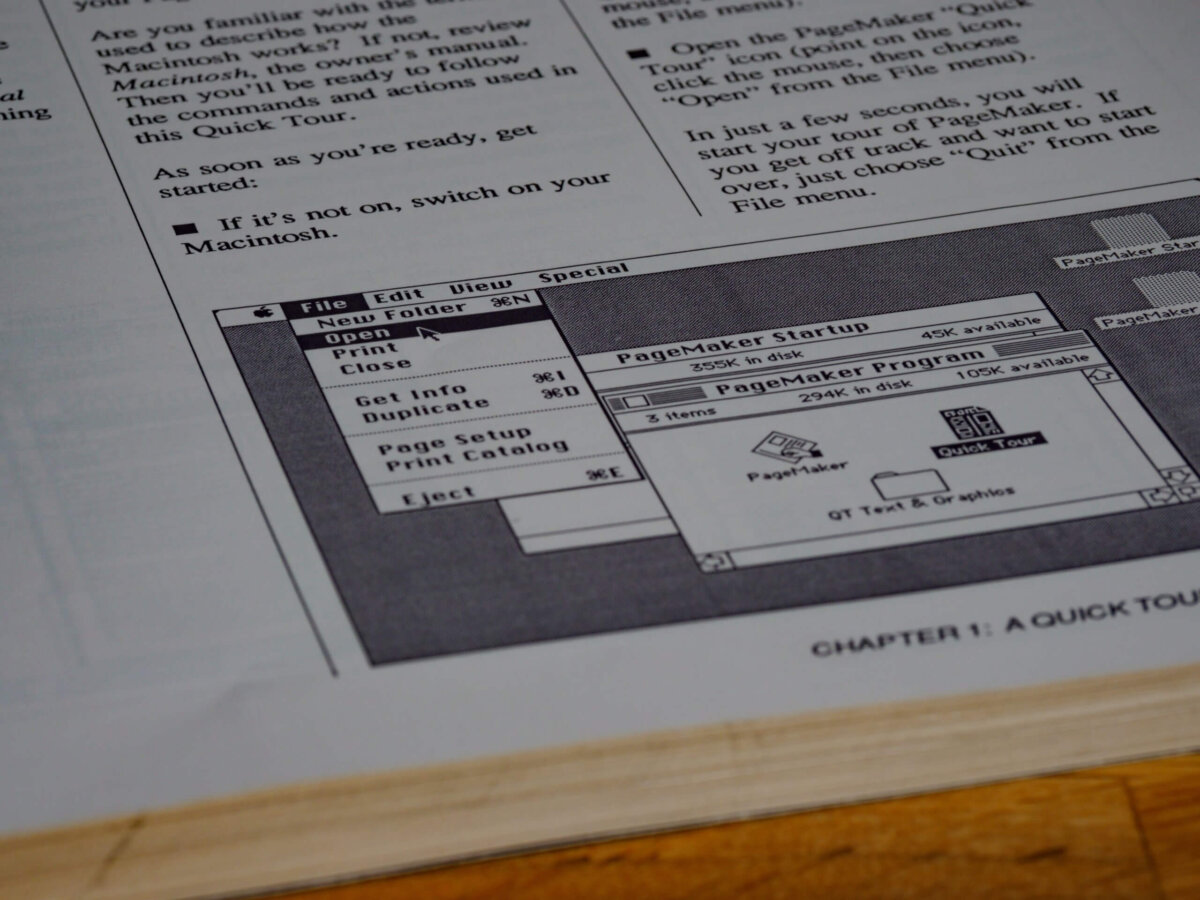
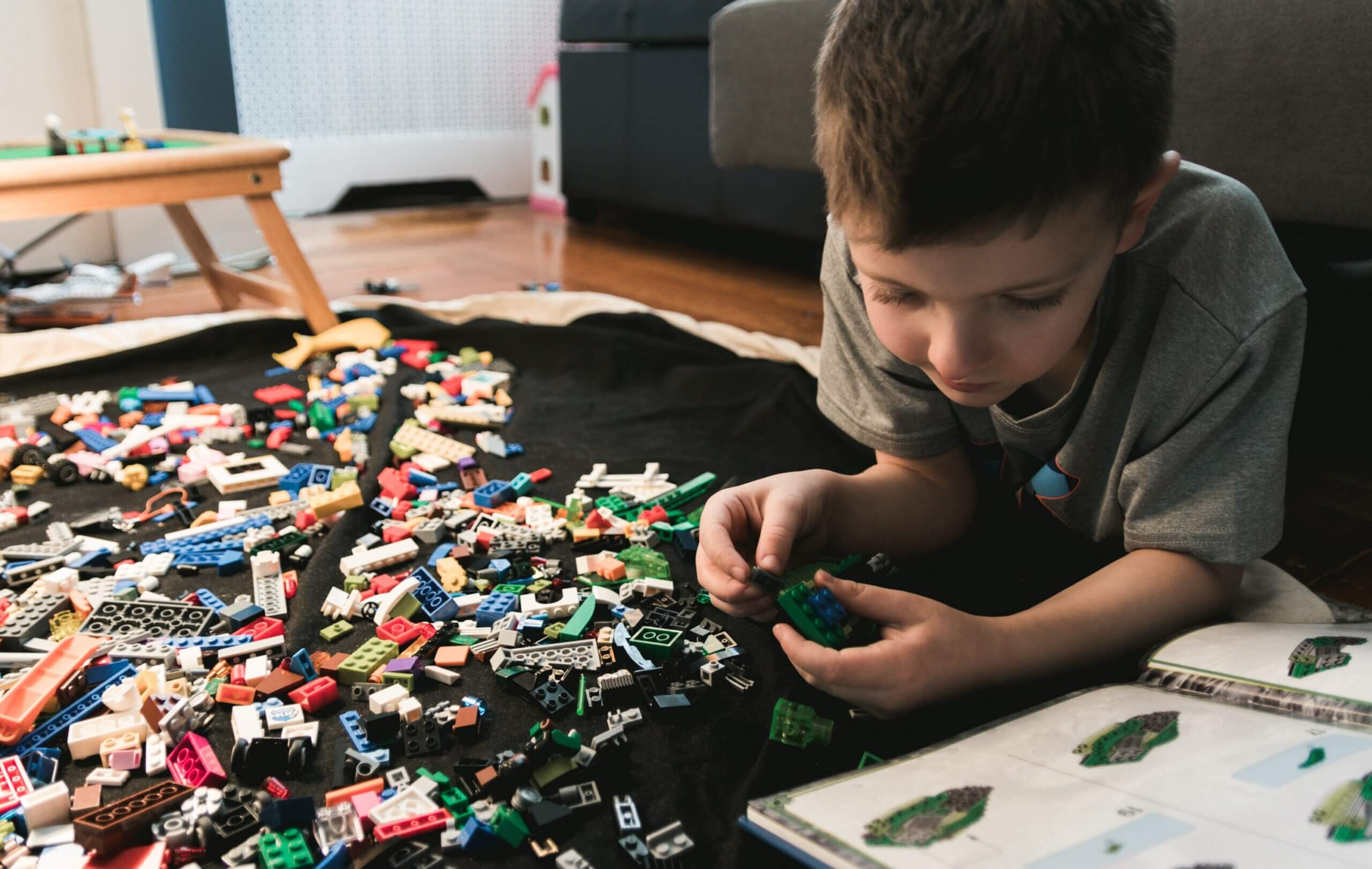
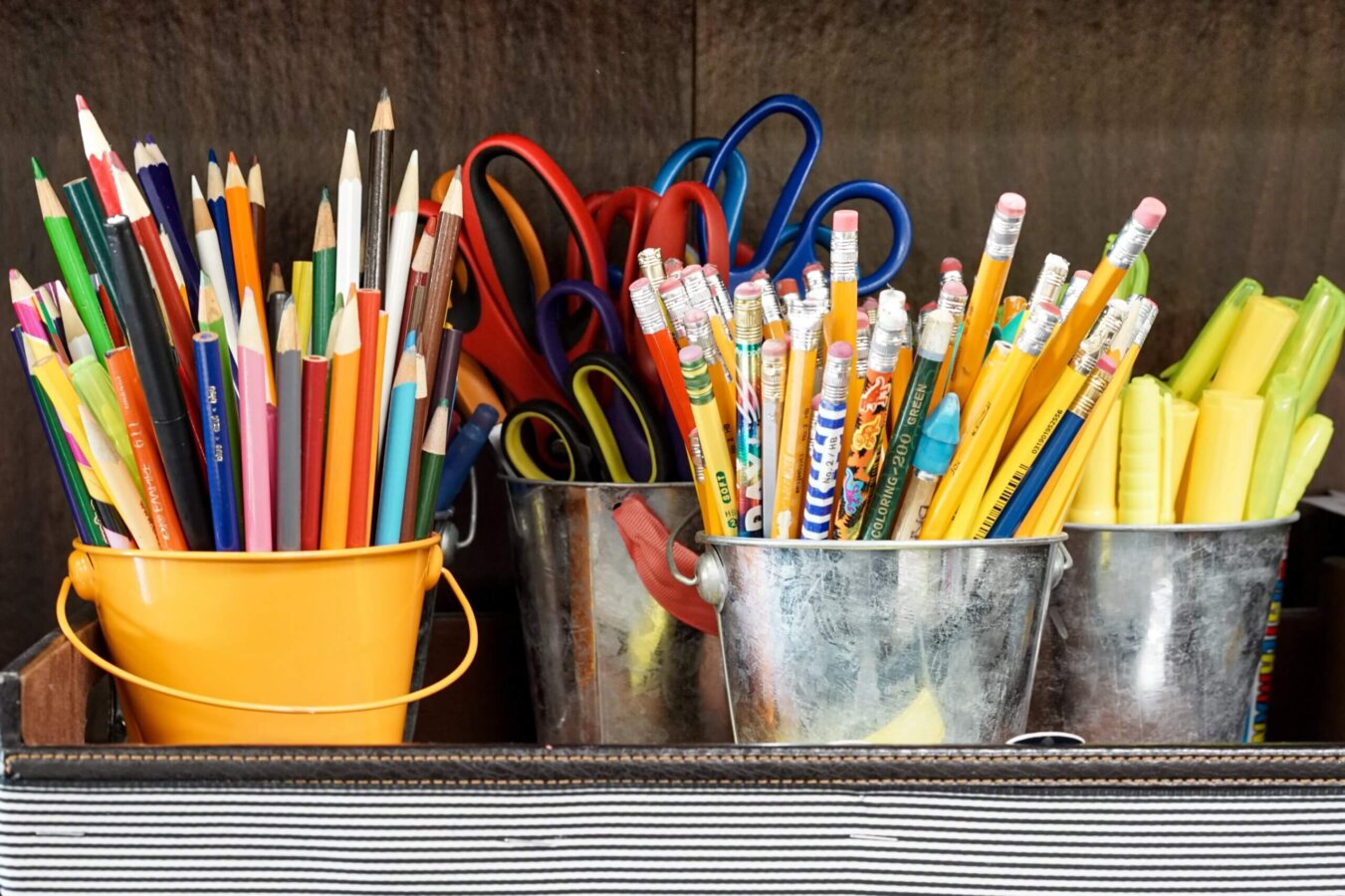
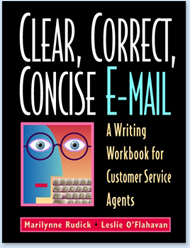
0 Comments